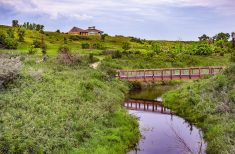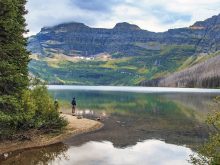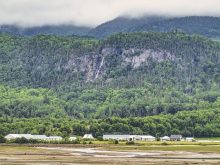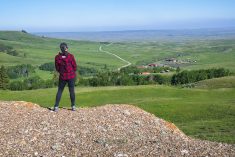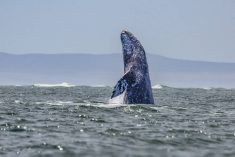Far from the glitzy mega-resorts of Mexico’s better-known coastal hotspots, Loreto offers a refreshing alternative.
While we find enticing beaches nearby, Loreto appeals to those wanting to explore the rich history and natural attractions rather than simply vegetating on the beach or partying the night away. As a bonus, it has a reputation for being one of the safer parts of Mexico to visit.
Looking over the turquoise waters of the Gulf of California (or Sea of Cortez), the charming colonial city of less than 20,000 sits about three-quarters of the way down the Baja California Peninsula. It’s one of Mexico’s pueblos magicos, or “magic towns,” officially recognized for its beauty, cultural heritage and historical significance.
Read Also
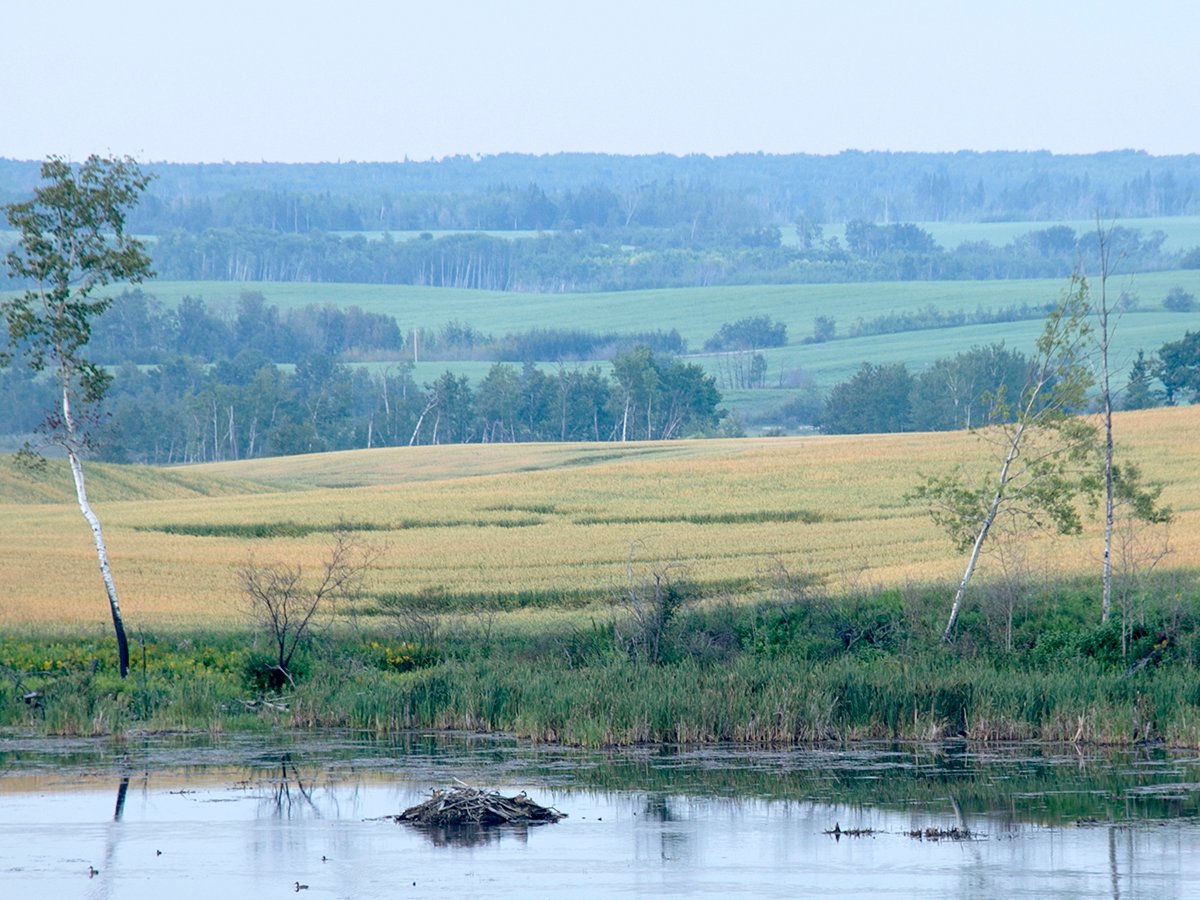
Intergenerational rollover rules can help succession plans
One of the most significant concerns in succession planning for farmers is the tax bill that can come with passing the farm to the next generation.
Loreto became the capital of the Californias during the colonial era, paving the way for Spanish expansion that extended all the way up to what is now the U.S. state of California.
Jesuits chose this site as their first mission in 1697. The current mission church, built in 1740, still stands as the centrepiece of the historic downtown.
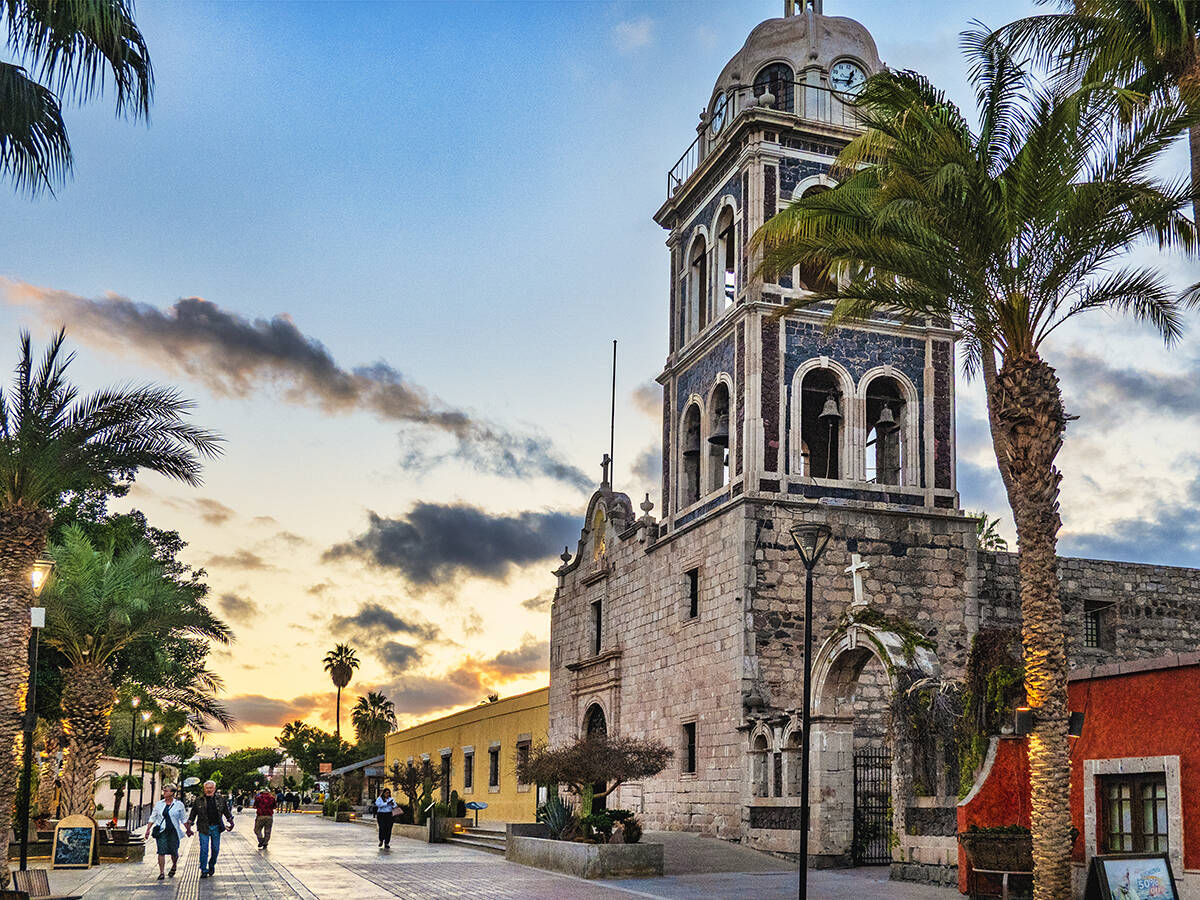
The compact town centre and adjoining waterfront have a different feel than Mexico’s larger resort cities — more relaxed, low-key and no time-share hucksters. Though we’re on a peninsula rather than an island, locals routinely refer to the rest of Mexico as the mainland, reflecting the area’s uniqueness.
An essential part of visiting Loreto is enjoying its stunning natural surroundings.
The Gulf of California has been called the “Aquarium of the World,” where we might find up to nine species of whales, while the desert and nearby mountainous landscapes are perfect for hiking and exploring.
A popular excursion inland brings us to the tiny community of San Javier, home to the second-oldest in the series of Spanish missions that started in Loreto and extended throughout the region. Dubbed the “Jewel of the Missions,” the 1744 San Javier church is considered the best preserved.
Just south of Loreto, we took a guided hike in Loreto National Park, where the dramatic mountainous desert terrain meets the sea.
The craggy landscape of jumbled rocks dotted with low shrubs and cactus offers sweeping views over the bay. The hike itself is relatively easy, though those looking for more adventure can sign up for treks into the wild, remote canyons.
A horseback trip from nearby Ligui gave us a different perspective of the landscape.
Our guide, Mario, led us through the tiny village and into the desert. When we reached the coastline, we rode along the sandy beach with a backdrop of gentle waves, islands and mountains.
Heading north of Loreto along the main highway took us through desert terrain with impressive stands of cardon cactus, the world’s tallest, seeming more like trees.
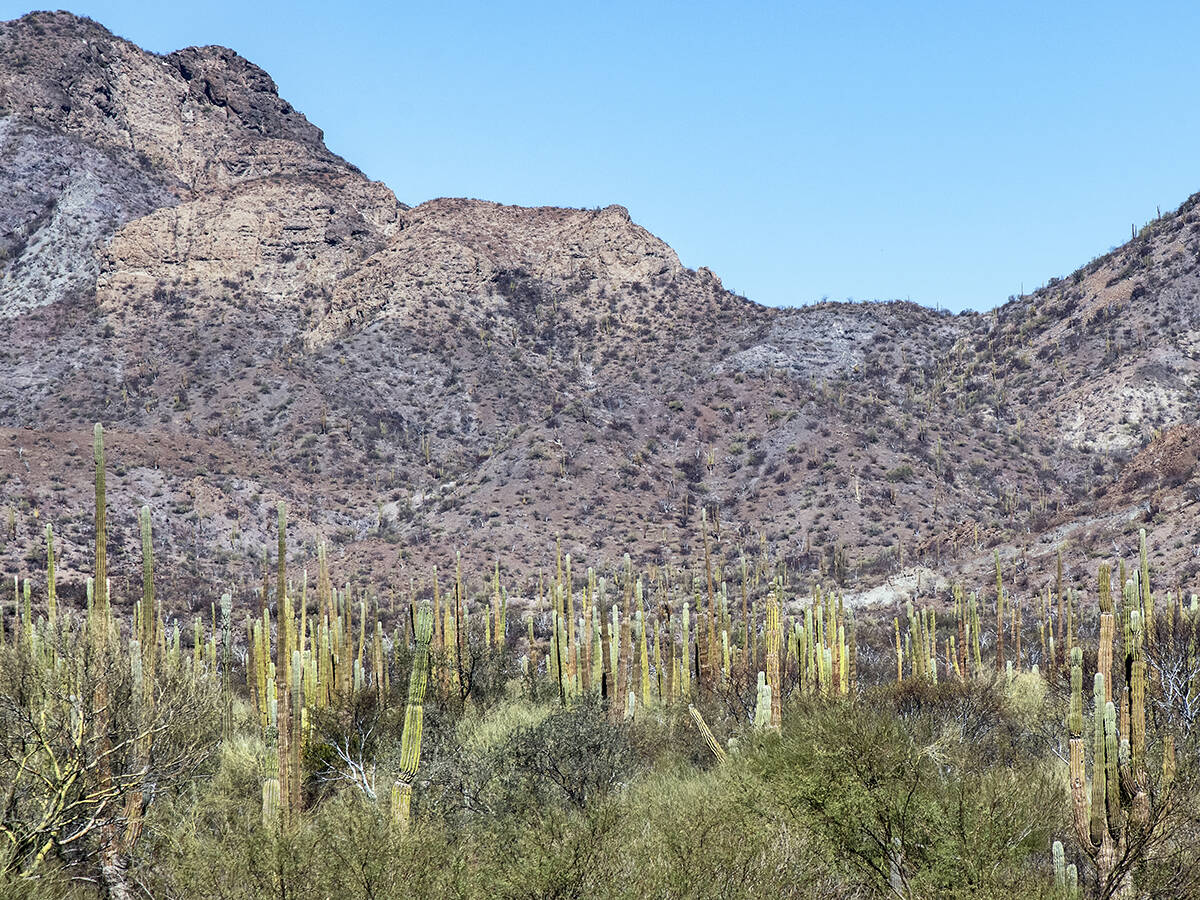
The road soon meets Concepcion Bay, where the calm water has almost unreal shades of turquoise, green and blue.
A series of attractive beaches line the bay, some of them home to basic campgrounds where travellers from as far away as Canada and the United States drive their campers to spend part of the winter.
At Burro Beach, we joined a boat excursion into the bay.
Our boat driver and guide, Julio of La Iguana Tours, took our small group through the cluster of islands where we got up close and personal with the phenomenal bird life. We watched everything from great blue herons to frigate birds, egrets, brown pelicans and yellow-footed gulls endemic to the region.
We saw so many osprey that we eventually stopped photographing them unless they were doing something unusual.
The highlight was blue-footed boobies, a rare find outside the Galapagos Islands. The Gulf of California is the only place in North America to see these showy birds.
Then it was time for lunch.
Stopping the boat, Julio donned his snorkel gear and dived for chocolate clams, a local delicacy named for its colour rather than taste.
After he filled his bag, we pulled up on the beach. He made a fire, combined the clams with scallops and a red snapper caught earlier that morning, and we had a seafood barbecue.
In true Mexican style, he applied plenty of seasonings and fresh limes. Not only was this one of the tastiest meals of our trip, but the setting couldn’t be beat.
The only non-stop flight to Loreto from Canada operates weekly from Calgary between November and May.
For more information, see Loreto Tourism at loretobcstourism.com.



